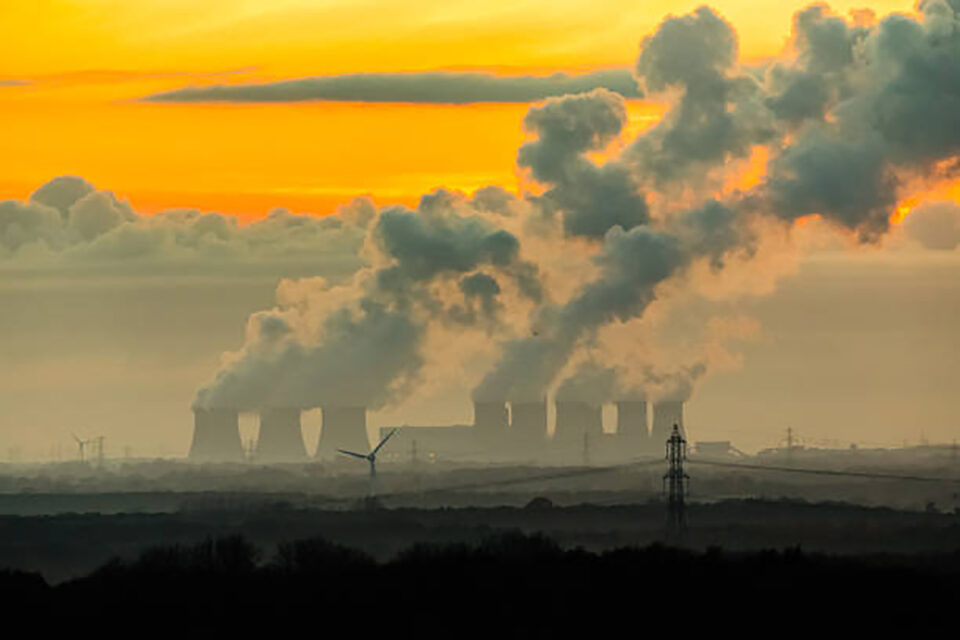Carbon capture, utilization, and storage (CCUS) technologies have been used in Canada since 1984. The country continues to advance this trend through governmental support for low-carbon emission world-class projects.
CCUS technologies: why are they important?
Currently, Canada’s government, federally and provincially, supports CCUS technologies since they can contribute to both the environment and the economy. Carbon capture and storage measures are considered key to reducing greenhouse gas (GHG) emissions.
Since 2017, current Canada’s government has committed to pursuing an energy transition from fossil fuels to cleaner renewable energy sources. In that regard, the administration started to assign the federal budget for those purposes.
Canada’s experience
The development of CCUS technologies has an extensive story in Canada. For instance, the country has seven large sedimentary basins for permanent sequestration of captured CO2.
To reduce the impact of those activities in the environment considerably, the country established a regulatory system to approve sustainable projects in those territories.
With these technologies experienced in drilling and injection activities, companies can store or dispose of CO2 reminiscences.
In that regard, Canada implemented such an enhanced oil recovery (EOR) scheme for the first time in 1984. This storage technology sourced CO2 from a petrochemical facility.
Possibly of your interest: CANADA’S ENERGY TRANSITION Getting to Our Energy Future, Together
Six years later, in Alberta, Canada launched the world’s first acid gas injection operation. Since then, the country has held several world-class CCUS projects.
The International Weyburn-Midale CO2 EOR Project, one of the world’s largest and longest-running CCUS projects, captures CO2 from a gasification facility in North Dakota, United States.
After its transportation through a 320km pipeline into Canada, CO2 is injected in Saskatchewan oilfields for EOR.
A few world-class capture projects in Canada are Shell’s Canada Quest Project in Alberta, which captures sequestrated CO2, and the Alberta Carbon Trunk Line, which transports emissions from a bitumen refinery and delivers those into mature oil fields for EOR.
Federal support and 2020 CCUS projects:
Recently, the Canadian government said it would invest $100 million in developing innovative technologies that can reduce the environmental impacts of the oil and gas industry.
Through the Strategic Innovation Fund and administered by the Clean Resource Innovation Network (CRIN), this funding will include CCUS projects for the industry to transition.
Possibly of your interest: Ottawa invests $100-million in clean energy
Among the most recent CCUS projects is The Alberta Carbon Trunk Line (ACTL), now operational. It includes one of the world’s largest CO2 pipelines.
The line has excess capacity to implement carbon capture and storage technologies to decarbonize its activities heavily.
Along with ACTL, there are other CCUS projects in different stages of development, construction, or planning
The potential for CCUS in Canada is enormous. Also, the support continues increasing at both government levels for the development of new uses for CO2 in the industrial, agricultural, construction, and other sectors.


